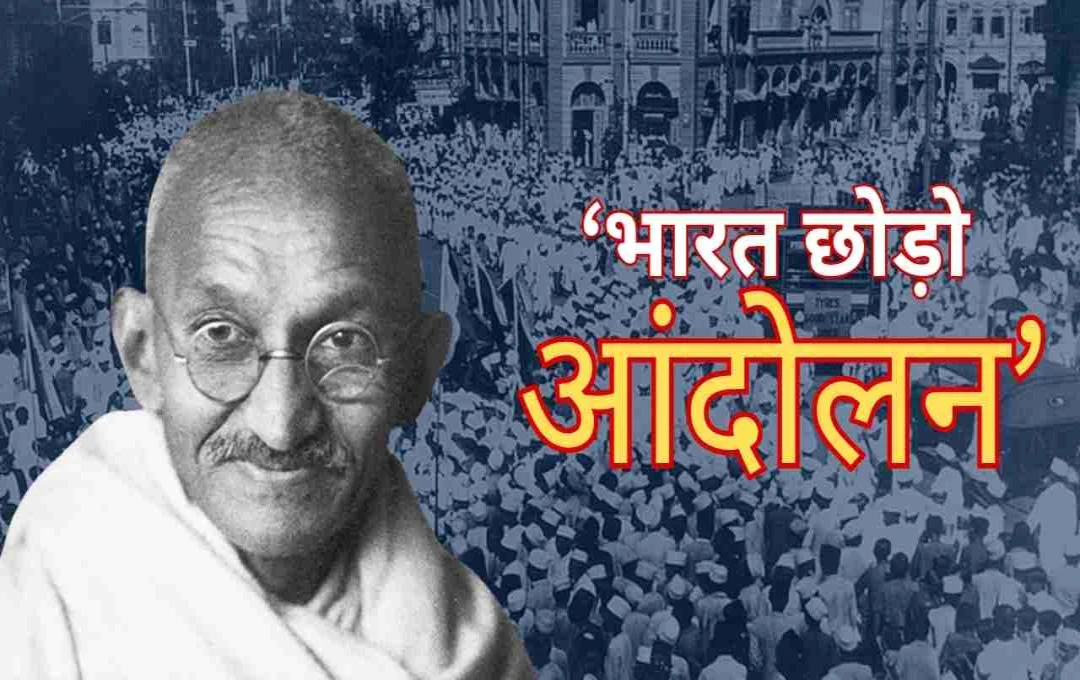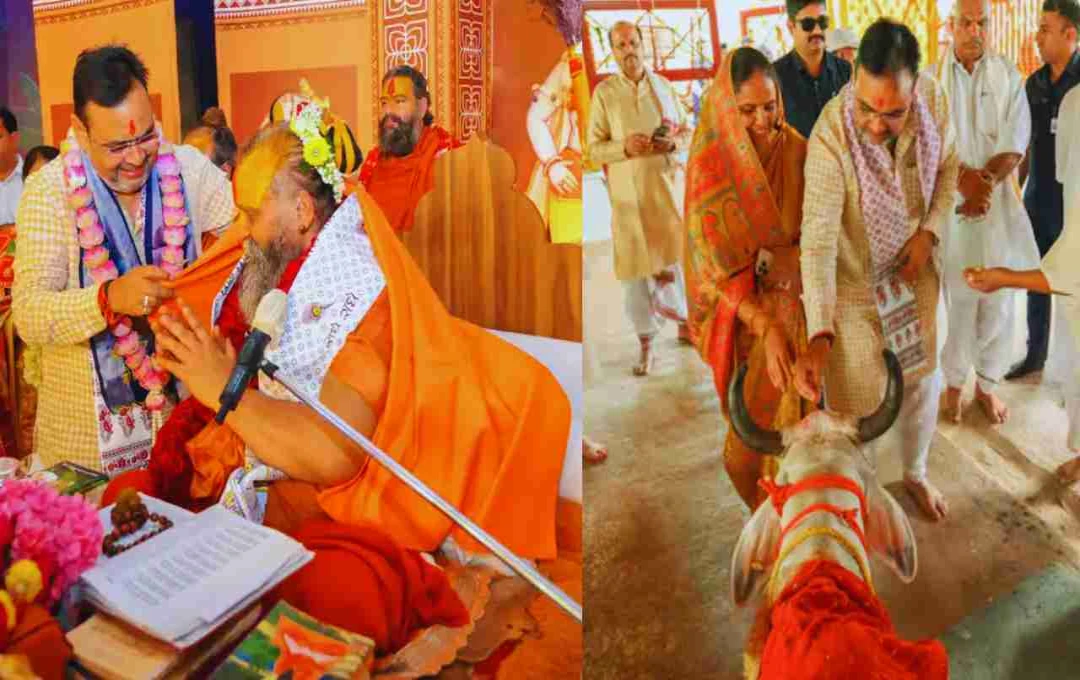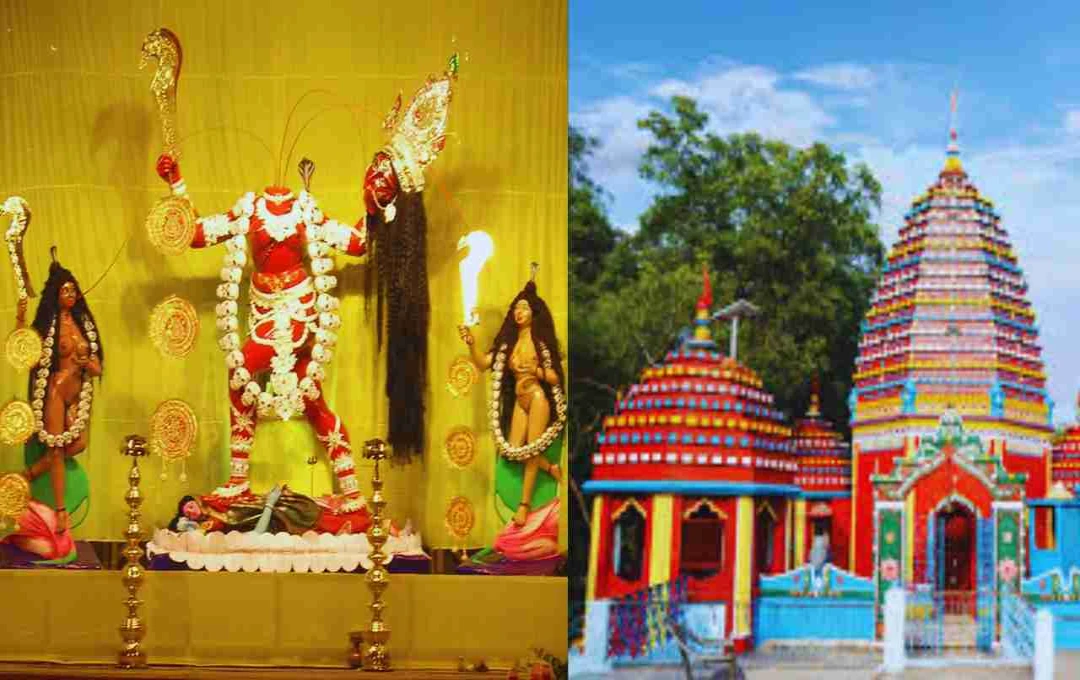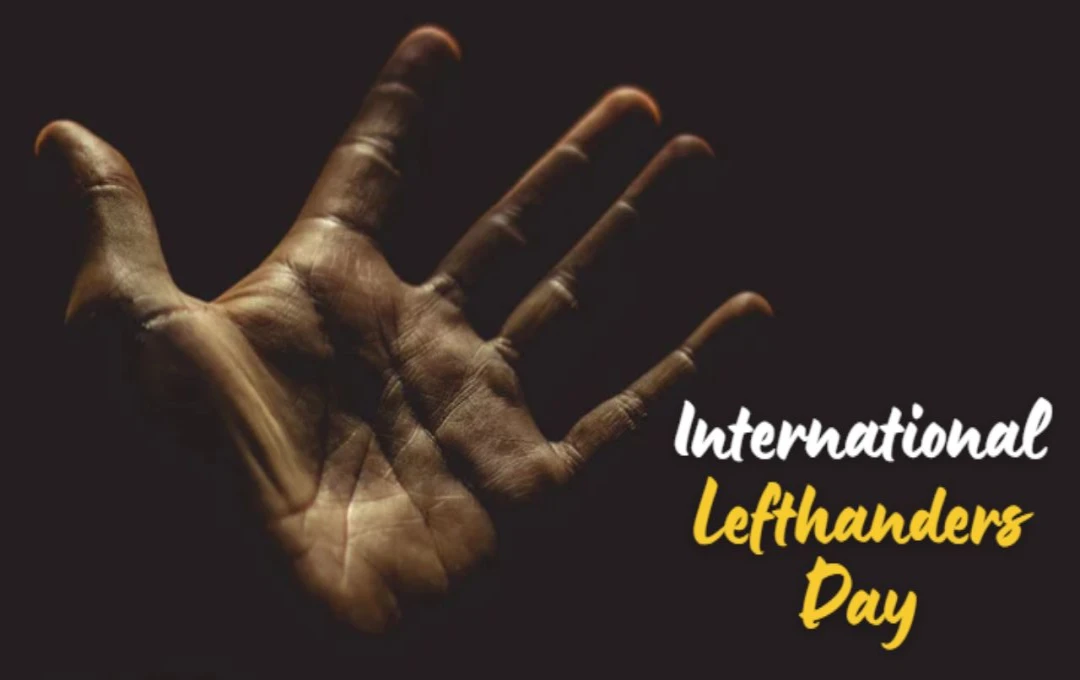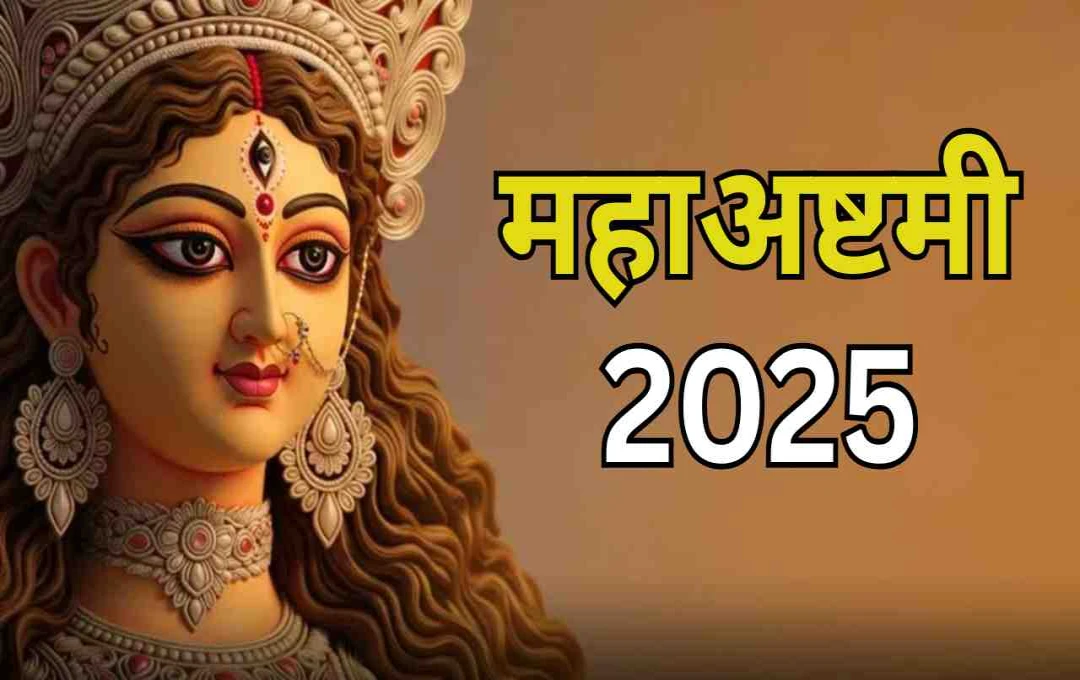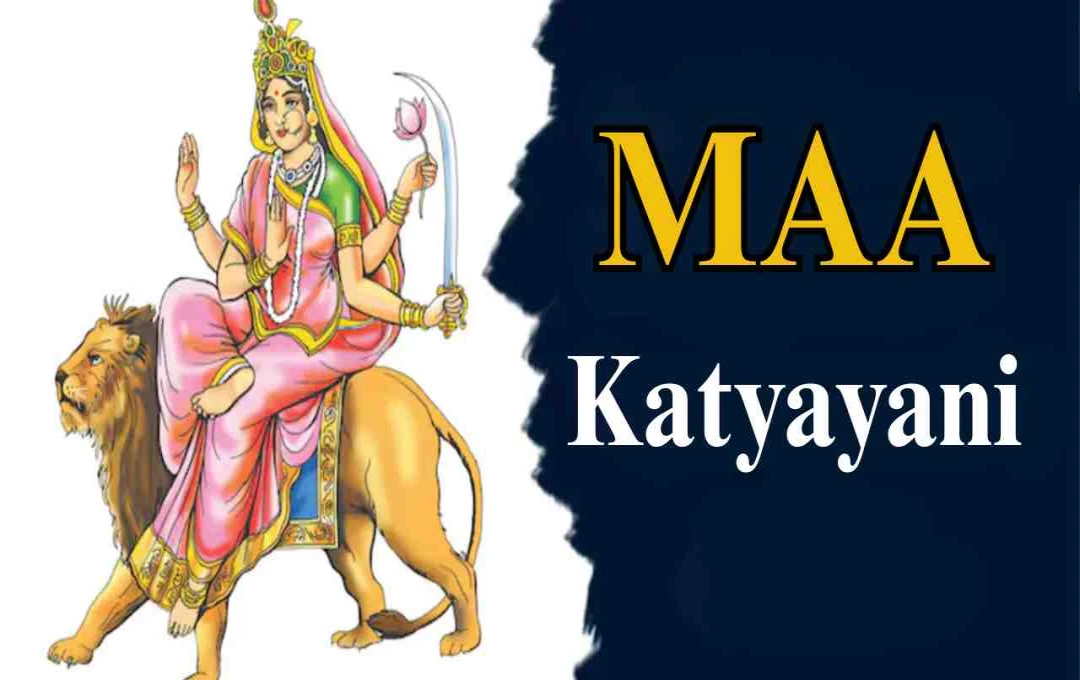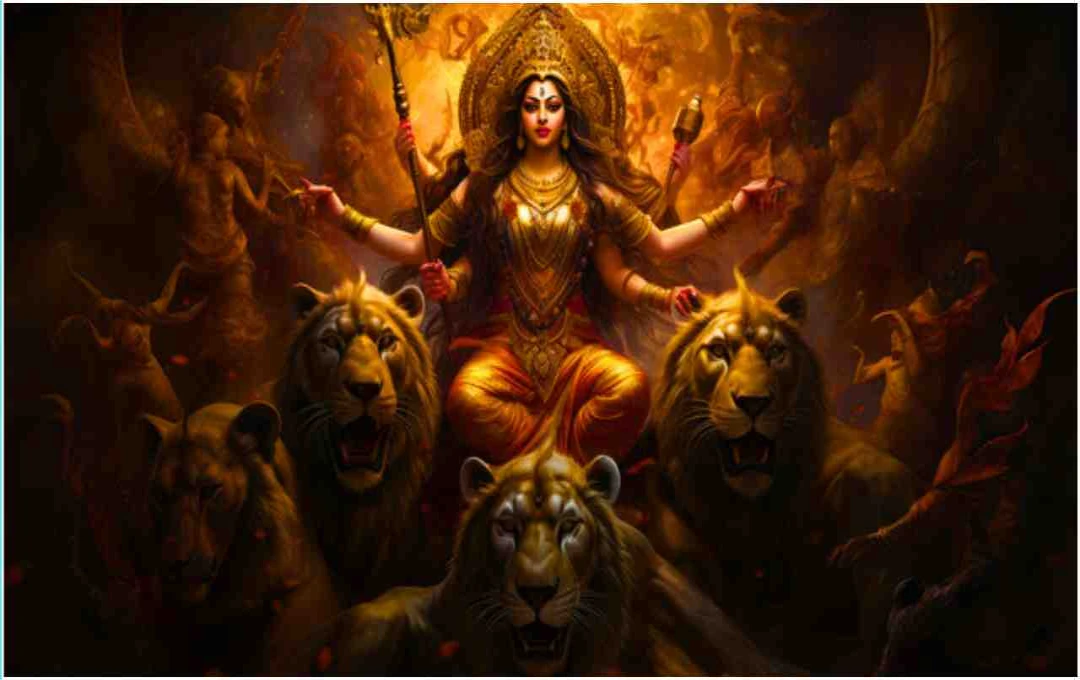The Quit India Movement shook the foundations of British rule. It was the first widespread mass rebellion, making it clear that Indians would no longer yield. The movement embroiled the British in war, economic crisis, and instability. This forced them to relinquish power, ultimately paving the way for India's independence in 1947.
Do or Die: 83 years ago today, on August 8, 1942, a day arrived in Indian history that shook the foundations of the British Raj. On this day, Mahatma Gandhi launched the Quit India Movement from Mumbai's Gowalia Tank Maidan, giving the call to 'Do or Die'. This movement was no ordinary protest—but a widespread mass revolution that made the British government realize that it was no longer possible to keep India enslaved.
This movement gave new energy to the Indian people and brought the freedom struggle to a decisive turning point. Let's understand the background, events, and effects of this historic movement in detail.
World War II and the Neglect of India
When World War II began in 1939, the British government made India a part of the war without asking. Indian leaders found this attitude insulting. The Congress Party made it clear to Britain that if India helped in their fight, it should be granted complete independence in return.
In this context, the Stafford Cripps Mission was sent to India in 1942, but this mission only brought a proposal for limited autonomy. It was outright rejected by all Indian leaders. This failure further fueled the fire of discontent in the country.
Gandhi's Leadership and the 'Do or Die' Slogan
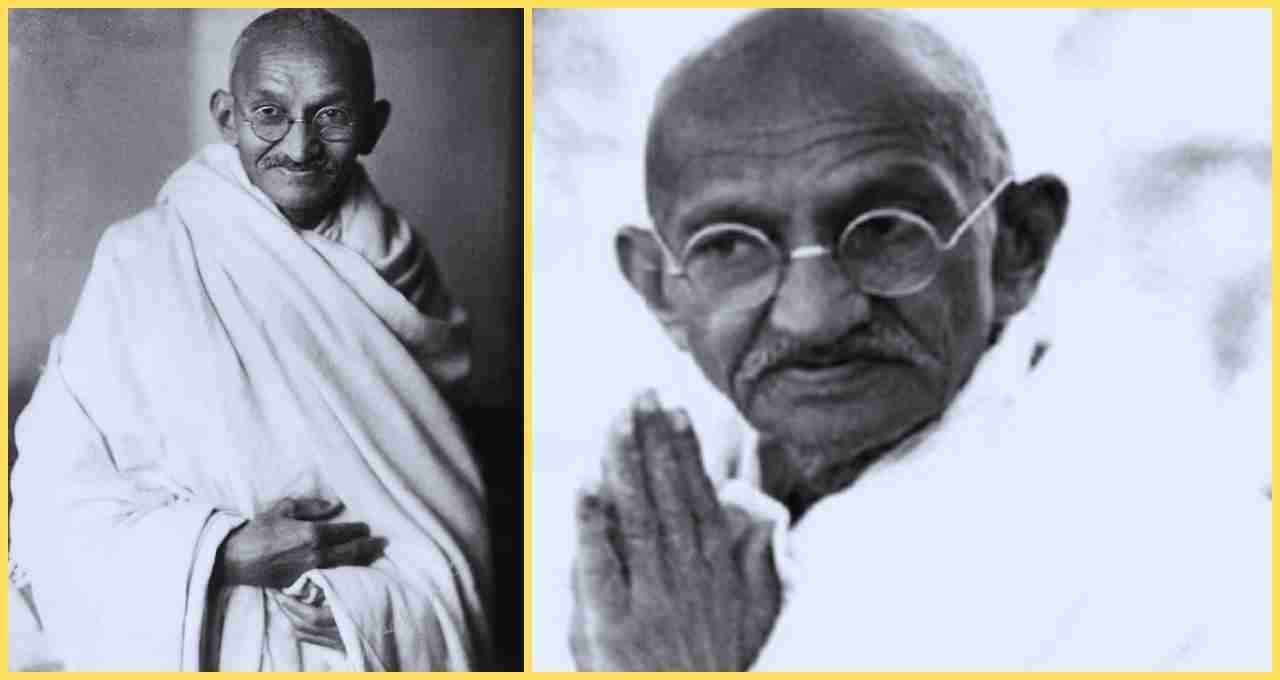
After the failure of the Cripps Mission, Mahatma Gandhi decided that freedom would not be achieved by words alone. On August 8, 1942, while addressing a huge rally in Mumbai, he uttered the historic words that still resonate in the hearts of Indians today: ' अंग्रेजों भारत छोड़ो ( अंग्रेजों भारत छोड़ो) , Quit India. We shall either free India or die in the attempt.'
This single sentence seemed to electrify the entire country.
The Historic Congress Resolution
In this meeting in Mumbai, the All India Congress Committee unanimously passed the 'Quit India' resolution. It was decided that the fight for freedom would now be fought with full force. Gandhiji appealed not to resort to violence, but the anger of the public was such that the movement took a violent turn in many places.
Arrest of Leaders and the People's Rebellion
As soon as the movement started, the British government first arrested the prominent leaders of the Congress. Mahatma Gandhi, Jawaharlal Nehru, Sardar Patel, Maulana Azad, and hundreds of other leaders were imprisoned. But this had the opposite effect—the public flared up even more across the country.
Railway stations were burnt, post offices were ransacked, and government buildings were attacked. In many places, people even established independent governments. 'Azad Administrations' were established in Ballia in Uttar Pradesh, Tamluk in West Bengal, and Satara in Maharashtra.
Role of Students, Women, and the Underground Movement
As the movement deepened, underground activities gained momentum. Revolutionary leaders like Jayaprakash Narayan, Aruna Asaf Ali, Ram Manohar Lohia, and Usha Mehta gave a new dimension to the movement without any formal leadership.
- Aruna Asaf Ali hoisted the tricolor in Mumbai in the absence of arrested leaders.
- Usha Mehta played a role in spreading information about the movement across the country by running an underground radio station.
- Women went from village to village distributing pamphlets, serving injured activists, and confronting British police with defiance.
- Student organizations, youth activists, and freedom fighters came to the forefront in this.
The Shaking Foundation of British Rule
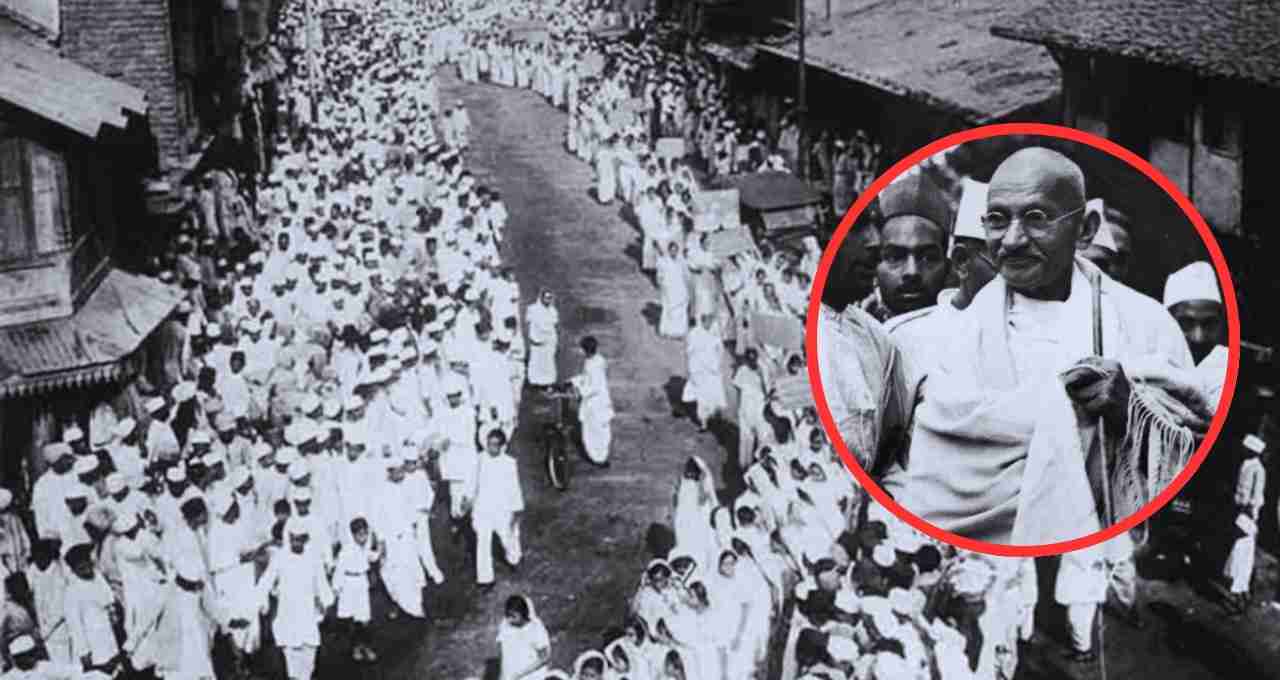
The 'Quit India Movement' was a warning to the British government. Although this movement was tried to be crushed by military force, its psychological effect was profound. The participation of millions of people, the arrest of thousands, and the martyrdom of hundreds proved that India could no longer be stopped.
On the other hand, the British government's economic situation had weakened due to World War II. The damage to Indian railways, telegraphs, and communication systems crippled the administrative system. War allies—such as the United States—also put pressure on Britain to grant independence to India.
A Decisive Step Towards Freedom
Although India did not get immediate independence after the Quit India Movement, it started the countdown to freedom. The British government understood very well that it was now impossible to rule in India.
Even though the activities of the Congress may have decreased after the movement, the spirit of freedom in the public mind never weakened. This is the reason why as soon as the war ended, Britain had no option but to grant freedom to India. Finally, on August 15, 1947, India saw the sun of independence.
